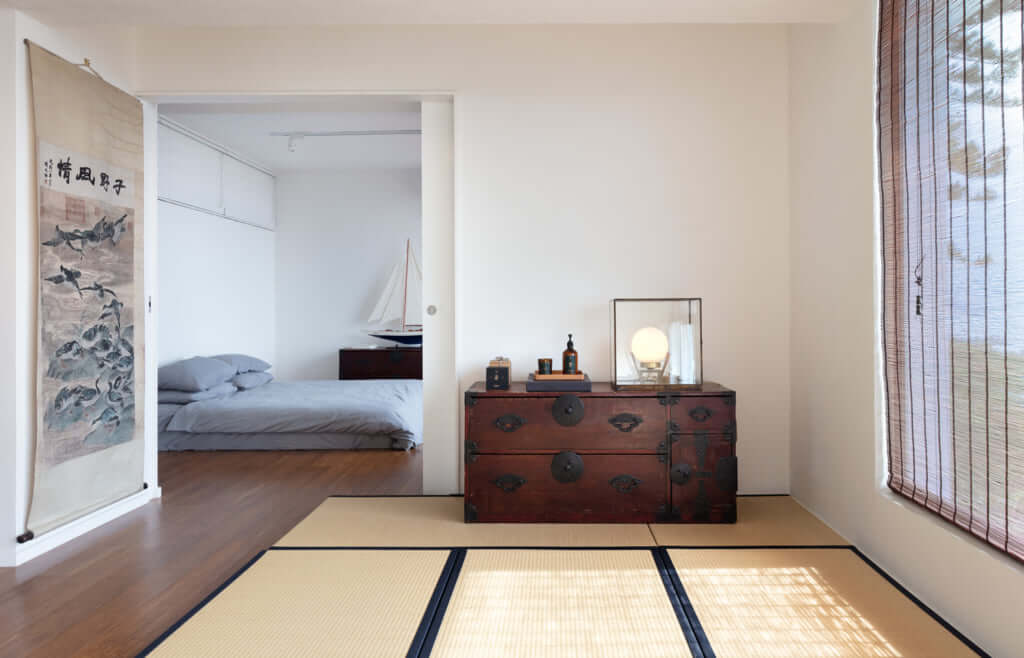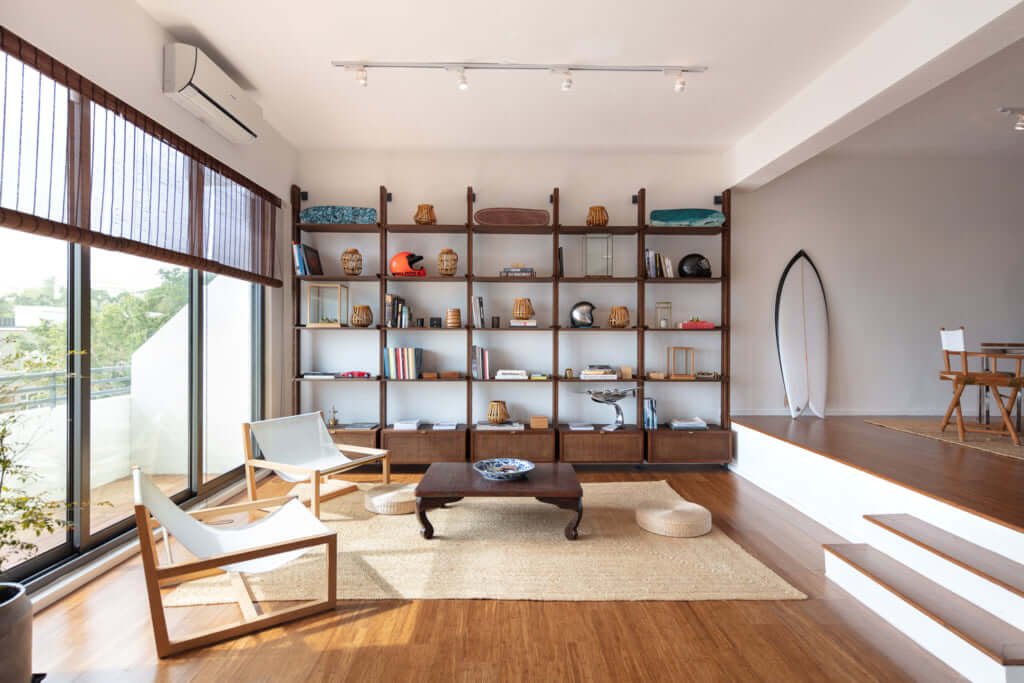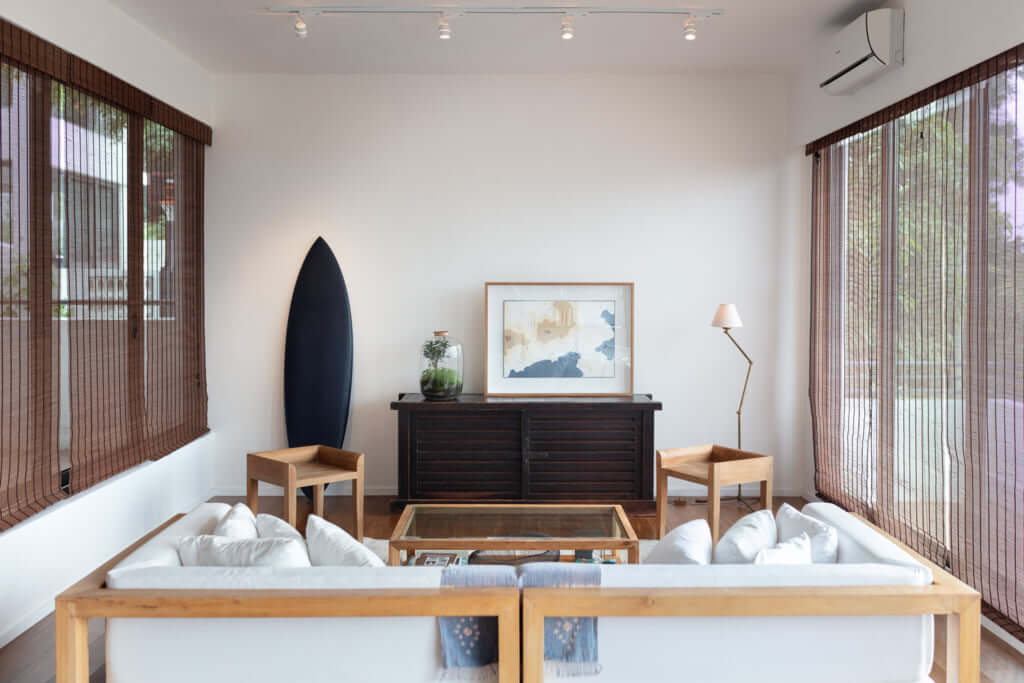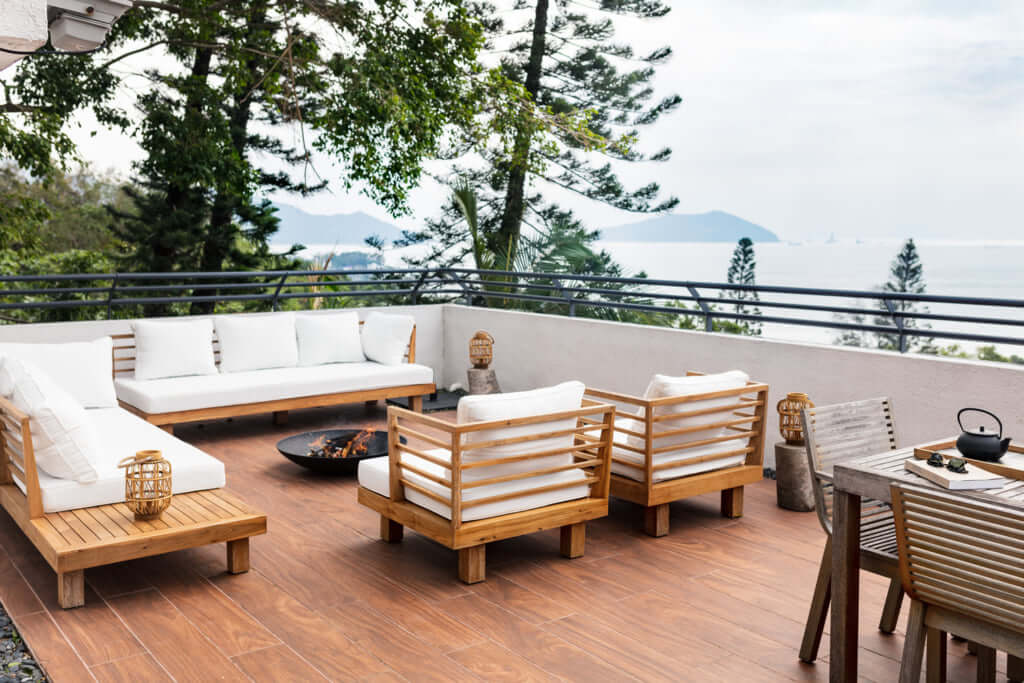‘Japandi’, Combining Scandinavian Minimalism and Japanese Aesthetics
This interior design trend combines clean lines and natural Nordic materials with the neutral tones and sober style typical of Japan.

Interior Design: www.aworkofsubstance.com / Photography: Dennis Lo (www.dennislo.com / www.facebook.com/dennislodesigns)
When Scandinavian minimalism and the Japanese spirit combine, the result is a trend that is carving out a place in interiors: Japandi. Japandi is formed from the words Japan and Scandinavia, but it is above all a blend of two movements that share various similarities, including minimalism. The neutral tones and sober design of Japanese interiors complement the clean lines and natural materials found in the Nordic style.
Thus is born a warm environment, somewhere between the famous hygge so dear to Scandinavians, where cosy covers and candles adorn interiors, and wabi-sabi, the Japanese aesthetic concept that advocates imperfection through handmade objects and the effects of time. ‘The beauty of imperfect, impermanent and incomplete things is the beauty of modest, humble things and the beauty of unconventional things’, explains Leonard Koren in his book Wabi-sabi: For Artists, Designers, Poets & Philosophers.
The softness of pastel colours
The walls are painted in light, pastel colours. White, soft pink, sand, and beige take pride of place, sometimes alongside a touch of taupe, brown, or anthracite grey to create volume and contrasts. For furniture, interiors that follow the Japandi trend feature items made from natural materials, so dear to the figurehead of Scandinavian design Alvar Aalto, such as oak, pine, and acacia. The passage of time and the patina acquired, the ultimate form of refinement for lovers of wabi-sabi, only serve to make them more desirable.
Materials like leather or concrete can also be found in small doses in Japandi interiors, because it is undeniable that raw materials go particularly well with pastel tones.
Sober decoration
Clean-cut is the watchword in Japandi. Gone are the collections of trinkets and photo frames and rooms stuffed full of furniture. Minimalism is the rule, and interiors are emptied to leave only the essentials. A wooden screen, a futon bed, or a wicker armchair add delicate decoration to the bedroom or living room, while ceramic vases and copper chandeliers provide the finishing touch.
Particular attention is paid to lighting, with a choice between refined but stylish lamps that remain true to Scandinavian influences, or lights made from wood and paper that plunge interiors into a half-light revered by the Japanese, as described by Junichiro Tanizaki in his work In Praise of Shadows.
Evanescent ferns, delicate Japanese maples, and downy cotton flowers are at home here, but again in small doses. Another Japanese notion, Ma, can also be called upon here to evoke Japandi a little more: the term posits space not as a void, but rather as a link, a transition between things or objects.
Wabi-sabi: For Artists, Designers, Poets & Philosophers (2008), a book by Leonard Koren, is published by Stone Bridge Press.

Interior Design: www.aworkofsubstance.com / Photography: Dennis Lo (www.dennislo.com / www.facebook.com/dennislodesigns)

Interior Design: www.aworkofsubstance.com / Photography: Dennis Lo (www.dennislo.com / www.facebook.com/dennislodesigns)

Interior Design: www.aworkofsubstance.com / Photography: Dennis Lo (www.dennislo.com / www.facebook.com/dennislodesigns)

Interior Design: www.aworkofsubstance.com / Photography: Dennis Lo (www.dennislo.com / www.facebook.com/dennislodesigns)
TRENDING
-
A House from the Taisho Era Reveals Its Secrets
While visiting an abandoned building, Hamish Campbell discovered photographs the owner had taken of the place in the 1920s.

-
The Taboo-Breaking Erotica of Toshio Saeki
The master of the 1970s Japanese avant-garde reimagined his most iconic artworks for a limited box set with silkscreen artist Fumie Taniyama.

-
With Meisa Fujishiro, Tokyo's Nudes Stand Tall
In the series 'Sketches of Tokyo', the photographer revisits the genre by bringing it face to face with the capital's architecture.

-
Masahisa Fukase's Family Portraits
In his series ‘Family’, the photographer compiles surprising photos in which he questions death, the inescapable.

-
Hajime Sorayama's Futuristic Eroticism
The illustrator is the pioneer for a form of hyperrealism that combines sensuality and technology and depicts sexualised robots.





